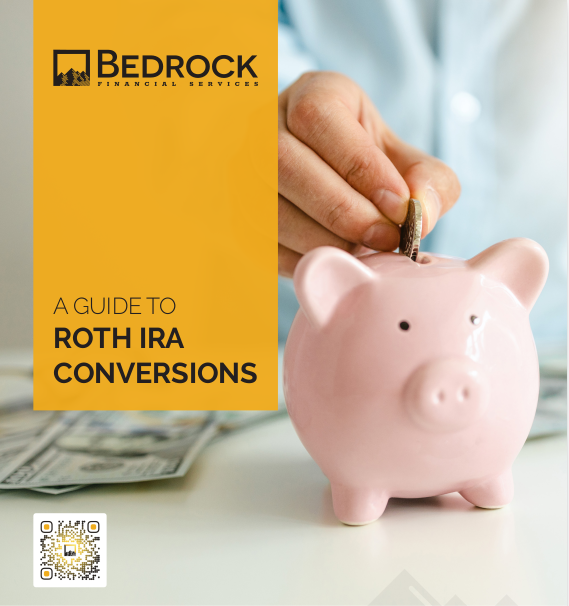Key Takeaways
-
Client retention in 2025 is no longer about guessing—it’s a structured system that begins the moment a deal is closed.
-
High retention rates come from consistent, intentional post-sale engagement—not reactive check-ins months later.
Retention Is Built into Your Process, Not an Afterthought
If you think client retention starts when it’s time to renew a policy or check in annually, you’re leaving money—and trust—on the table. Retention begins the moment your client says yes. From that point on, your job shifts from selling to reinforcing.
Strong retention systems are proactive. They’re not reminders set six months from now—they’re blueprints that start working the day a client signs. In 2025, clients expect more than a transaction; they expect ongoing value, relevance, and relationship.
What a Retention System Actually Means
You need to think of retention like a supply chain: every touchpoint after the sale is a link. If any link breaks, trust erodes. A good retention system includes:
-
A clear onboarding experience that affirms the client’s decision
-
Scheduled communication cycles that never leave them wondering if you’ve forgotten them
-
Timely check-ins not tied only to renewals or upsells
-
Educational updates that align with their changing financial needs
-
Feedback loops that make clients feel heard and valued
This isn’t about over-communicating. It’s about consistent, purposeful contact that says, “I’m still here for you.”
1. The First 30 Days Matter More Than the First Sale
Once a sale is made, many agents move on to the next lead. But this is when retention truly begins. In the first 30 days, your client is in a sensitive phase. They’re subconsciously validating their decision. Did they make the right call? Will you be responsive if they have questions?
Your Post-Close Checklist
To solidify trust, your retention system should automate the following steps within 30 days:
-
A welcome email or video message within 24 hours
-
A digital or physical thank-you message within 3 days
-
A scheduled onboarding call within 7–10 days
-
A quick tutorial or resource pack about their coverage within 14 days
-
A check-in email around day 25 with a personal note or relevant tip
These aren’t random touchpoints—they’re structured reassurance moments that set you apart.
2. Retention Lives in the Gaps Between Transactions
Agents often make the mistake of only contacting clients when there’s an update, renewal, or cross-sell opportunity. But what about the 11 months in between?
Staying Present Without Being Overbearing
Build a monthly or quarterly rhythm that offers value:
-
Share short financial tips or market trends
-
Offer seasonal planning prompts (e.g., “It’s tax season—are you maximizing deductions?”)
-
Ask for updates on major life events (moves, marriages, job changes)
-
Send personalized birthday or policy anniversary messages
By showing up when nothing is expected, you become a consistent presence—not just a salesperson.
3. Segmentation Creates Scalable Personalization
Not all clients require the same follow-up strategy. In 2025, segmentation tools allow you to tailor communications at scale.
Smart Segments to Use
-
By policy type (e.g., life vs. health vs. annuity)
-
By client age group (young professionals vs. retirees)
-
By engagement level (frequent responders vs. quiet clients)
-
By renewal risk (clients at risk of non-renewal get additional touchpoints)
Automating content to match these segments makes your outreach feel custom without being manual.
4. Retention Systems Save Your Pipeline
Every client you retain is one you don’t have to replace. Yet most agents focus 80% of their energy on acquisition and only 20% on retention.
That imbalance is expensive. The cost of acquiring a new client can be 5–7 times higher than retaining one. In an environment where lead generation costs have risen steadily since 2023, this matters more than ever.
Metrics That Matter
Retention isn’t just a feel-good initiative. It’s measurable. Track:
-
Client retention rate (how many clients you keep year over year)
-
Lifetime value (LTV) of a client over 5–10 years
-
Client satisfaction scores (surveyed at key intervals)
-
Referral rates (retained clients refer more often)
Use these numbers to assess the ROI of your retention efforts.
5. Technology Is the Engine of Consistency
You may be personally committed to staying in touch, but memory and good intentions don’t scale. Tech does.
What Your Tech Stack Should Include in 2025
-
CRM with automation triggers to initiate follow-up sequences
-
Email marketing tools for mass personalized outreach
-
Survey tools to collect feedback at scale
-
SMS systems for timely alerts or reminders
-
Task managers to assign check-ins or callbacks to your team
Don’t rely on mental notes. Let your system tell you what needs to happen—and when.
6. Upsells and Cross-Sells Are Retention Tools, Too
The mistake is thinking these offers only benefit you. When done right, upselling is a retention strategy. It ensures your clients have the right coverage at the right stage of life.
The Rule of Timeliness
A well-timed check-in about life insurance when a client has a new baby isn’t intrusive—it’s expected. What matters is the alignment with life events and financial needs.
Let your CRM prompt these conversations based on:
-
Age milestones (turning 30, 40, 50)
-
Life events (new home, retirement, divorce)
-
Policy anniversaries or upcoming renewals
Upselling isn’t aggressive if it’s relevant and clearly for the client’s benefit.
7. Clients Don’t Leave—They Drift Away
In 2025, most clients don’t cancel out of frustration—they simply stop seeing the value. You lose them gradually through silence, not dissatisfaction.
Closing the Communication Gap
The solution is simple but not easy: Stay visible. That means:
-
Having your name show up in their inbox or messages regularly
-
Being the one who checks in before they feel the need
-
Offering value without always selling
Retention is about presence. The agent they hear from more often is the one they remember.
8. Systematized Referrals Extend Your Retention
Retained clients become your best advocates—but only if you ask. In 2025, referral systems are no longer informal suggestions; they’re embedded into your retention model.
When and How to Ask
-
After onboarding: “If this process has been smooth for you, I’d appreciate a referral.”
-
After solving a problem: “I’m glad we got that sorted—know anyone else who might need the same help?”
-
During review calls: “You’ve been with me for over a year—I’d love to help someone else in your circle.”
Set reminders in your CRM to ask at key milestones.
9. Feedback Isn’t Optional—It’s Operational
Feedback isn’t a one-off survey at the end of the year. It’s an ongoing input stream that feeds your retention engine.
Questions to Regularly Ask
-
“Is there anything I could be doing better for you?”
-
“Are there financial topics you’d like more help with?”
-
“Do you feel clear on your current benefits or options?”
You don’t just listen to feedback. You use it to improve your touchpoints, your communication, and your perceived value.
A Retention Strategy That Works While You Sleep
Retention isn’t magic—and it isn’t manual. It’s a structured system powered by tools, templates, and timelines. When done well, your calendar fills with satisfied clients, not urgent saves.
At Bedrock Financial Services, we specialize in helping agents like you turn your business into a machine that supports long-term growth. We provide the tools, automation, and training to help you retain more clients without working around the clock. Let us show you how to build your retention engine—starting today.







